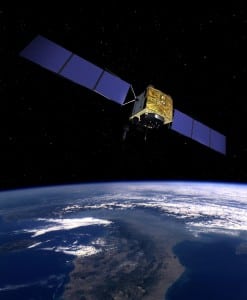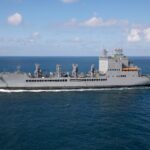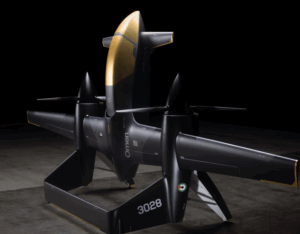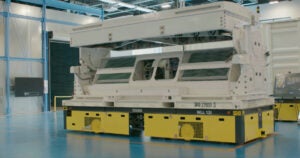
The scheduled Oct. 29 launch of the Air Force’s eighth Global Positioning System IIF series (GPS IIF-8) satellite will be its first using GPS metric tracking (GPS MT) as opposed to radar to track the Atlas V launch vehicle, the Air Force said last week. Utilizing GPS MT allows the Air Force to reduce ground radar infrastructure because it eliminates the requirement for radars with C-band tracking capability. The GPS method is designed to complement telemetered initial guidance (TMIG) as…

 By
By 











